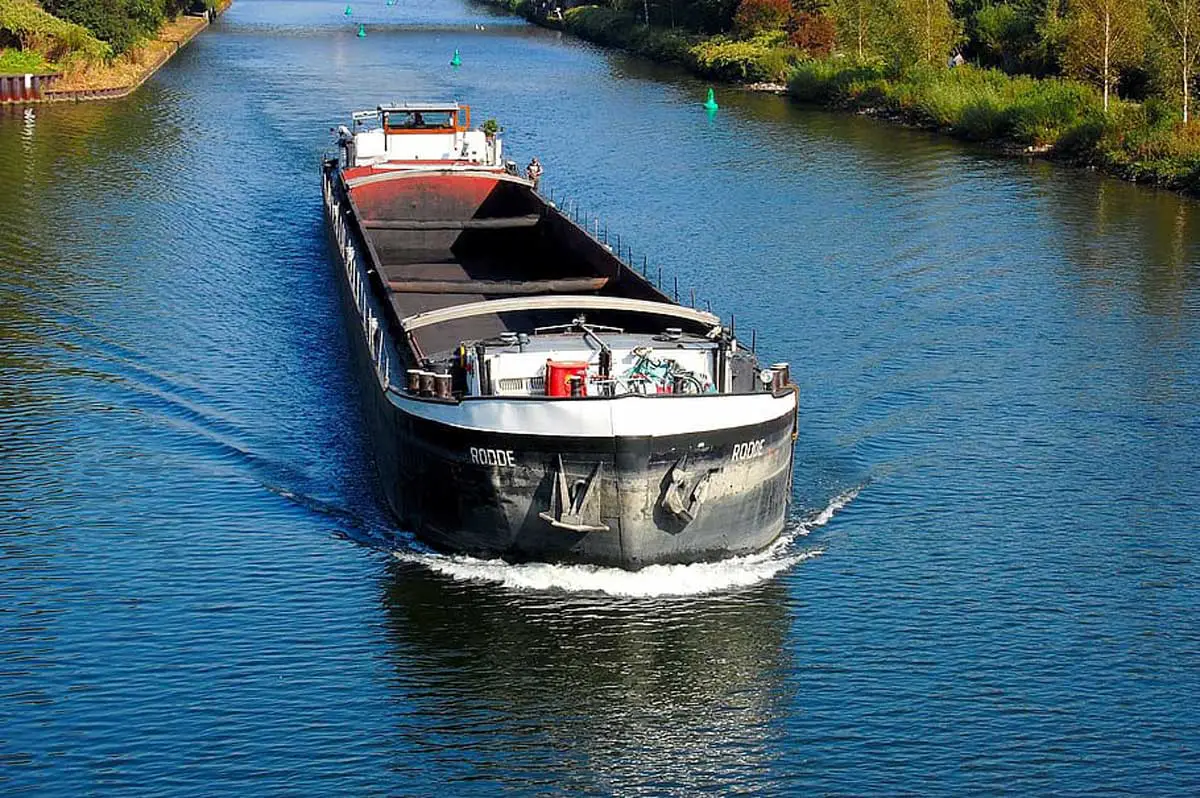Plans for the Brahmani Inland Waterway project are underway, with the Centre unveiling its ambitious proposal. The multi-billion development’s location runs along the Brahmani River in Odisha. In a nutshell, the project strives to facilitate the efficient and seamless movement of goods.
As per a declaration in November 2008, the project is also known as the National Waterway 5 (NW5). The expansion venture will be a result of a collaborative special purpose vehicle (SPV) including Coal India Limited (CIL). Alongside, Paradip Port, as well as the Inland Waterways Authority of India (IWAI). As part of the project, reports noted that the Odisha Government will initiate construction of the necessary infrastructure for its operation.
The development’s river portion stretches 371 kilometers, while the canal portion spans 217 kilometers. Therefore, its total length measures 588 kilometers. Its plan proposes the construction of 5 barrages to maintain LAD of 2 meters in the Brahmani river throughout the year. Right between Jokadia and Talcher, the barrages will be built after every 26 kilometers. Additionally, each barrage will feature a navigational lock, in order to allow passage of 500 tonne vessels (2) at a go.
Read Also: Saral Satya Legacy Officially Launched By DS Group In India
The Brahmani Inland Waterway Project Overview And Cost
In total, Brahmani Inland Waterway’s river portion development reportedly cost Rs. 2230 cr, with the barrages amounting to 1843 cr. On the other hand, the developmental cost of the canal portion is Rs 1979 cr with dredging cost said to be 1273 cr.
A Senior Government official highlighted that the state has shown its commitment to the undertaking of the project. Moreover, substantial funding support from the Government is anticipated, considering the capital-intensive nature of the project, said the senior official.
Currently, the NW5 boasts an annual transportation capacity of about 1 million tonnes of cargo. However, as a result of further project development, projected figures suggest that it will potentially surge to 12.14 million tonnes by 2030.

